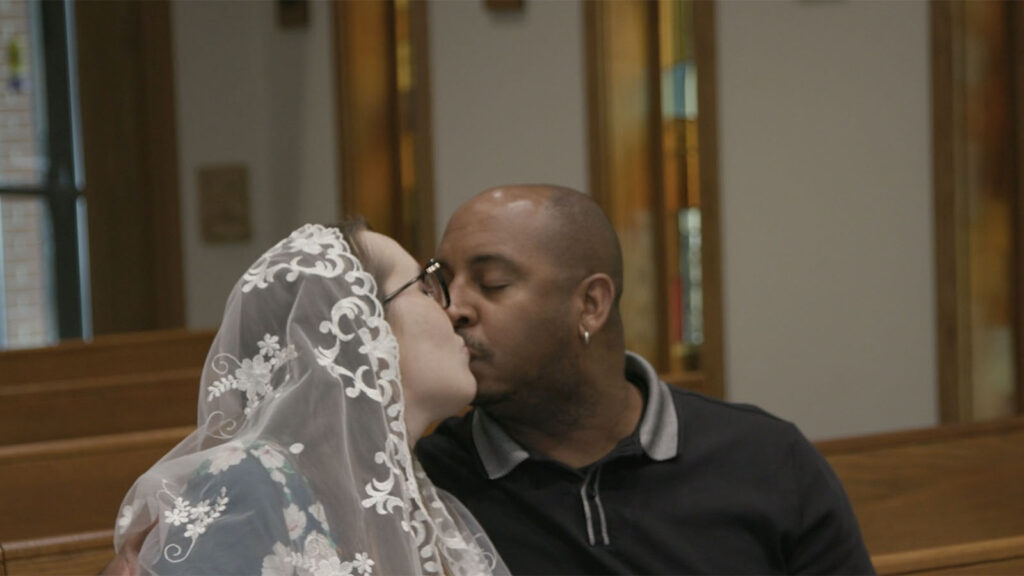When Chelsea Smith met Jason Martin she knew right away that he was the one — so she refused to get his phone number. That’s because getting married would make Smith ineligible for Social Security benefits and Medicaid — financial support that she and many others with disabilities need to survive. Smith didn’t want to risk falling in love knowing she couldn’t get married.
Smith has Ehlers-Danlos syndrome, a connective tissue disorder that causes chronic pain and makes her prone to injury and illness, and relies on Medicaid to cover her medications and treatments. Smith currently qualifies for Social Security Disability Insurance because her parents paid into Social Security and she became disabled before she was 22 years old — the cutoff age. This makes her eligible for Disabled Adult Child (DAC) benefits. However, if Smith were to get married, the Social Security Administration would expect her spouse, or her spouse’s health insurance, to pay for her care. Smith, who is a graduate student, and her partner Martin, a computer graphics high school teacher, cannot afford to pay for her care out-of-pocket, so they must choose between critical medical services and marriage.
advertisement
But the possibility of marriage for Smith and Martin could be closer than they think. The Disability Rights Education and Defense Fund (DREDF) in Berkeley, Calif., is working on redrafting a national bill to end penalties for people like Smith who receive Social Security Disability Insurance. The bill was first introduced in 2022 by Congressman Jimmy Panetta (D-Calif.), but died in committee. It was reintroduced in December of 2023 and has been slowly gaining co-sponsors. The bill would eliminate the federal rule that connects a disabled person’s marriage status to their ability to receive Social Security benefits. It would do this by eliminating the requirement that a DAC beneficiary be unmarried to be eligible for DAC benefits as well as the rule that takes away these benefits if a DAC beneficiary should marry.
Getting support for this bill has proven to be challenging, and many disability activists don’t believe that it is comprehensive enough. The bill has gained 18 co-sponsors in the 10 months following its reintroduction. It would need the support of over 218 members of the House before it can progress to the Senate.
Although the federal bill is still a long shot, a similar bill did pass in Pennsylvania in July 2021, which addresses the issue on a state level. Pennsylvania residents Kaitlin Kerr, a disability rights activist, and her now-husband, Jonathan Heidenreich, were in a similar situation to Smith and Martin. Kerr spent over two years appealing to lawmakers to raise the income and asset limitations on their state Medical Assistance for Workers with Disabilities program. Because MAWD is considered in determining eligibility for Medicaid, the new law meant marriage would no longer disqualify Kerr or others like her from continuing to receive Medicaid. Once the law was changed in 2021, Kerr and Heidenreich were able to get married. Kerr is now working to extend these changes on a national level.
advertisement
Watch this video to learn more about these stories.
This short documentary was produced by Varun Srikanth and Jean Zamora while they were students at the UC Berkeley Graduate School of Journalism.

